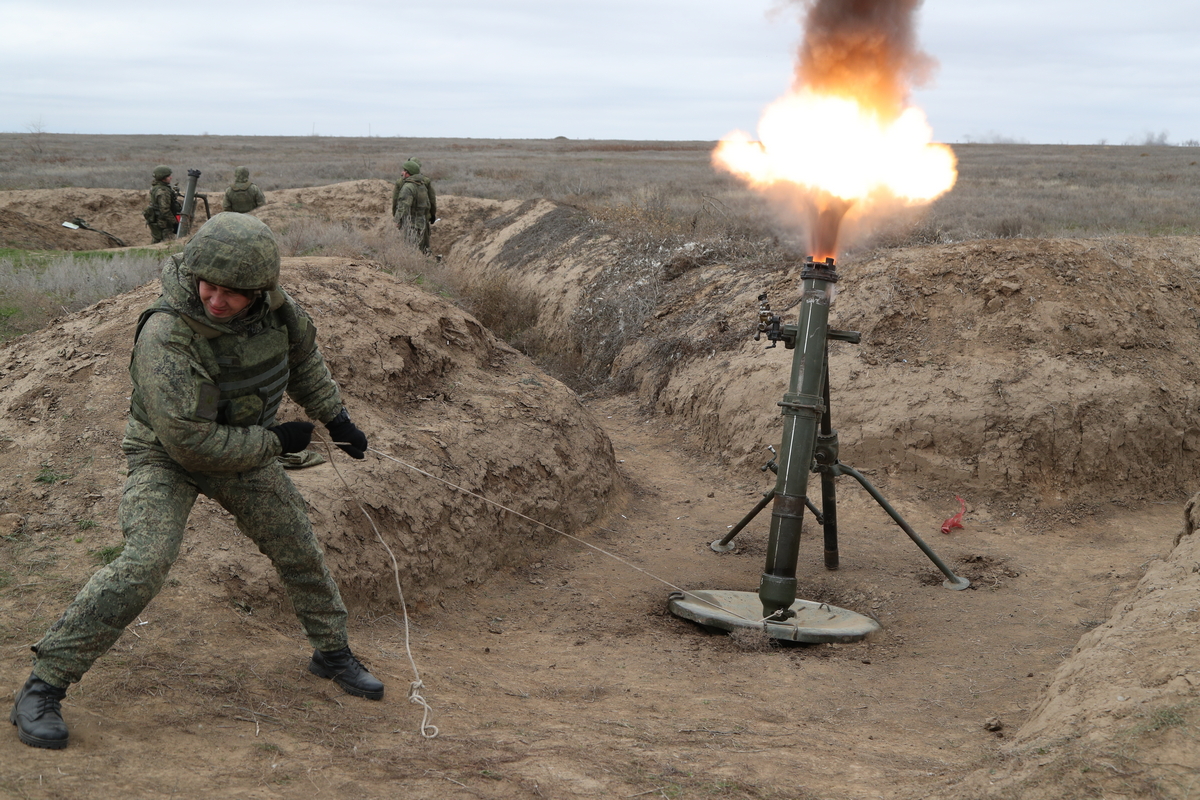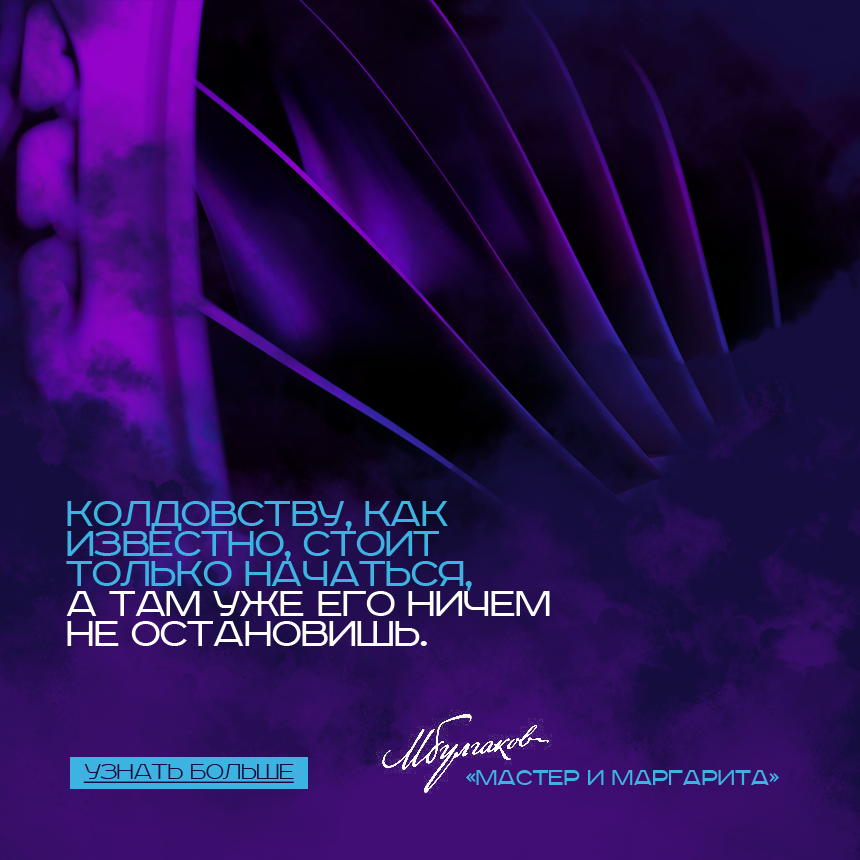
Photo: Ministry of Defence of the Russian Federation
As evidenced in practice, artillery, the King of Battle: cannons, howitzers and other similar guns, still plays an important role in modern armed conflicts. In order to inflict losses on the enemy and to avoid return fire at the same time, artillerymen use various maneuvers, e.g. a roving mortar tactic. For this type of combat, special towed mortar systems such as 2S12 Sani are used. Read below how the Russian military use such tactic and what Sani mortar can do.
The roving mortar tactic is used to deceive the enemy as to the disposition and quantity of troops. For this, an artillery detachment or a gun is not used as a stationary unit as part of own platoons, but is used separately and constantly changes its firing positions. Generally, the command defines in advance several such positions, prepares position alternation schedules, then artillerymen proceed with the mission.
For such approach, gun mobility and crew efficiency become essential, because the slightest delay may cause severe consequences: the enemy will define the origin of fire and respond inevitably. The crew receives the firing data, engages the target and immediately moves to another position – this is the sequence of actions. Our military have already used such tactic in Syria.
To conduct operations in this combat mode, the Russian military also use Sani towed system. The Sani is a 120mm mortar capable of engaging the enemy positions, demolishing fortified, command and observation posts and of destroying the enemy’s armor and vehicles by high-angle fire. The enemy, in this case, will not be able to shelter even in hard-to-reach places – in various terrain, for example, behind hills or in gullies and canyons.
Designed as early as in 1979, the mortar system is still in service with our armed forces and is successfully used on battlefields. Certainly, it has been upgraded to improve its performance.
Sani system includes a 120mm mortar with 2B11 index, 2L81 wheeled chassis and a vehicle – powerful Ural truck which is able to cover up to 1000km without refueling, though the gun may be also carried by a multi-purpose traction truck.
The mortar weighs a little more than 200kg and the wheeled chassis adds another 115kg. For the crew of five to be able to quickly deploy this gun in field, the gun is unloaded from the vehicle using a gangway and motor-operated winch. Before firing, the wheeled carriage is removed and the mortar is installed on a dedicated plate to provide all-angle firing capability in various soil conditions and is supported on a bipod. It takes only about 2 minutes for skilled personnel to prepared the gun for firing. The mortar is muzzle-loaded manually. On the barrel bottom, a firing pin is attached, impact with which ignites the shells.
During mortar modernization, designers ensured the crew safety: The upgraded system is furnished with a reloading lock. The matter is that it may be impossible to control an ammunition that has not left the barrel. If the second round is inside the mortar, then an explosion will happen.
The mortar fires 120mm shells: high-explosive fragmentation, smoke, illuminating and incendiary bombs – at a distance from 480m to 7km. After modernization, the mortar is able to fire using KM-8 Gran precision-guided artillery system. This is a high-explosive fragmentation round with a laser type homing head that allows to destroy stationary and moving targets by the first shot without corrective firing. Besides, the KM-8 Gran is Rostec’s product designed by Shipunov Instrument Design Bureau in Tula. The mortar ammunition is designed for 56 rounds and the rate of fire is up to 10 rounds per minute.
2S12A Sani mortar, that has more than once proved its reliability, efficiency and ease of use in modern combat conditions, is now in high demand by the Russian military and the Ministry of Defence of the Russian Federation orders these guns on a regular basis. To meet the requirements of the military authority, Rostec is increasing production of the mortars: The defence department will get twice as many roving mortars this year compared with the previous year, with the next batch of the Sanis fielded in July.

